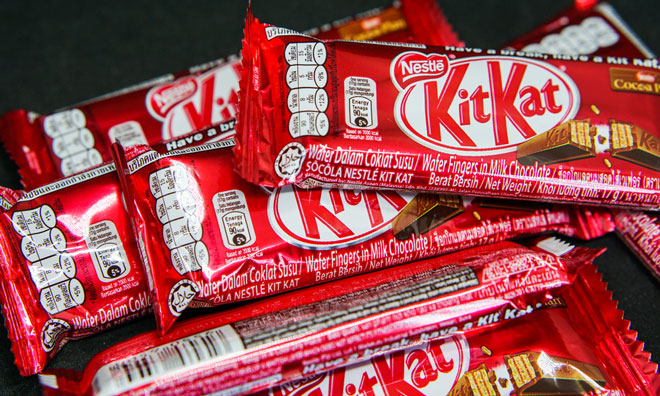Yeast forensics: methods for identification and tracking
3 December 2008 | By Dr Suzanne Jordan, Molecular Methods Manager, Campden BRI
Yeasts are a diverse range of organisms, many of which are beneficial to the food and drinks industry in fermentation and the flavour development of dairy, meat and beverage products. There are also strains that spoil products, resulting either in blowing packs or off odours and flavours.






